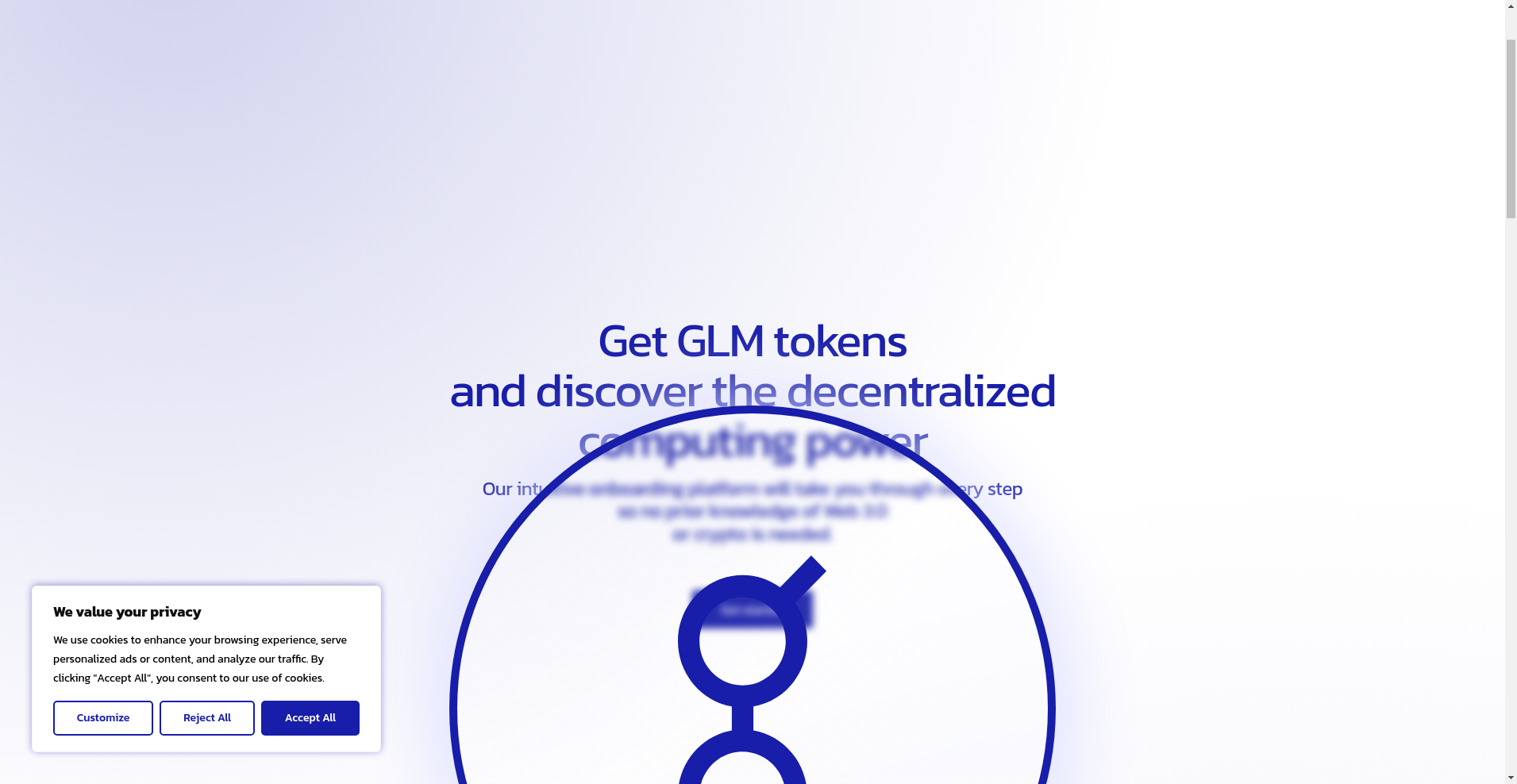Golem Review: Scam or Legit Crypto? Uncovering All The Red Flags

What Exactly Is Golem?
Golem markets itself as a decentralized computing platform that allows users to share and monetize their idle processing power across a global network. Promising to democratize access to high-performance computing, Golem enables tasks like rendering, scientific simulations, and AI workloads to be processed in a peer-to-peer fashion without relying on traditional cloud providers.
However, with such bold claims, skeptics must ask: Is Golem truly a revolutionary project or just another crypto scam alert? This investigation digs into its team, security, tokenomics, and development activity to separate fact from fiction and assess its real legitimacy in the crowded blockchain space.
Who Is The Team Behind Golem?
The Golem project was originally launched by a team of developers from Golem Factory GmbH, based in Zug, Switzerland. While some core members have publicly disclosed their identities, such as CEO Piotr Janiuk and CTO Przemysław Rekucki, many contributors remain largely anonymous or operate behind pseudonyms. This offers a mixed picture in terms of transparency.
- The team claims to have a clear roadmap focused on expanding GPU support, AI integration, and building a vibrant developer ecosystem.
- They emphasize open-source development with frequent updates and community engagement, including hackathons and grants.
- However, questions still linger over long-term credibility due to the somewhat opaque governance structure and limited visibility into the core decision-makers.
Overall, the team has technical credentials but lacks full transparency, which may raise some doubts about their ability to deliver on ambitious promises. For investors, this warrants caution, especially since many blockchain projects with anonymous leadership have deteriorated into scams.
Golem Security Audit: A Deep Dive into the Code
In terms of security, Golem's code has undergone audits by reputable firms such as Trail of Bits and Solidified, with publicly available reports. These audits generally indicate that the smart contracts and infrastructure are sound, with no major vulnerabilities reported at the time of review.
- Trail of Bits's audit highlights strong adherence to best practices, though some minor issues were flagged for future improvement.
- The Solidified audit confirms a secure baseline but notes areas where upgrade plans could bolster resilience.
- Critical vulnerabilities or exploits are not documented, and the project maintains ongoing bug bounty programs, which is promising.
Nevertheless, security audits cannot detect all future risks, especially those related to centralization issues or operational flaws. For investors, unpatched vulnerabilities, or central points of failure could still pose risks, although Golem’s current audits provide a baseline level of confidence.
Golem Tokenomics: A Fair System or a Trap?
The Golem token ($GLM) is an ERC-20 asset with a total supply of 1 billion tokens. Originally launched as GNT, it has since migrated to GLM to improve compatibility within DeFi ecosystems. The distribution appears to allocate tokens to early investors, team members, and foundation reserves, but detailed token distribution data is not fully transparent.
- The community notes a significant portion allocated toward team and founders, which could lead to dumping risks if not properly vested.
- Token utility is primarily centered around paying for computation services, with some governance features rumored but not fully implemented.
- The current circulating supply and market cap (roughly $268 million) make GLM relatively large but still susceptible to large sell-offs, especially if whales decide to liquidate their holdings.
High inflation due to token issuance or large concentrated holdings could trigger pumps followed by sharp crashes, typical red flags for investors wary of pump-and-dump schemes. Moreover, the absence of strong community governance mechanisms raises questions about decentralization’s true extent.
Is Golem a Ghost Town? Checking for Real Activity
Despite the hype, the actual development activity appears somewhat muted when scrutinized through recent updates. The latest audit links and GitHub repositories show ongoing work on Golem's protocol upgrades, but community engagement on social channels varies from active discussions to periods of silence.
There are notable collaborations, such as the Ray on Golem integration for AI workloads and ongoing bug bounty programs, which indicate active development efforts. However, the trading volume (~$16.7 million) suggests moderate user interest, not overwhelming demand or network adoption.
In essence, Golem seems to be maintaining a developer and user base but falls short of explosive growth, hinting at a project that might be struggling to break out of its niche—classic red flags if expecting a quick moonshot.
What Golem's Legal Documents Are Hiding
Analyzing the legal and transparency aspects reveals that Golem’s whitepapers and terms of service are relatively standard, emphasizing open-source and decentralized principles. Nonetheless, some potential concerns include:
- Limited clarity around governance — decision-making power likely remains centralized within the core team.
- No detailed legal protections for investors or token holders in case of project failure or exit scams.
- Unclear privacy policies regarding user data, especially in community and support channels, which could pose privacy risks.
Investors should be cautious about legal ambiguities, especially considering the project's complex infrastructure and the possibility of unanticipated regulatory exposure in jurisdictions like Switzerland or the US.
Final Verdict: Should You Risk Investing in Golem?
Golem presents an intriguing vision for decentralized computation, with a notably active development team and ongoing security audits. However, significant red flags such as limited transparency, community engagement, and potential token distribution risks complicate the investment case. As it stands, Golem is more of a developmental project than a fully matured platform ready for mass adoption, and its true long-term potential remains uncertain.
- Positive Points:
- Strong technical foundation with multiple security audits
- Active development of AI and GPU integration features
- Established ecosystem with partnerships and community channels
- Major Red Flags:
- Opaque governance and limited transparency of team members
- Potential token dump risks due to uneven distribution
- Moderate user activity and uncertain long-term adoption
Investors should perform comprehensive crypto due diligence before entering, understanding that projects like Golem may carry significant risks alongside their promising position in the decentralized computing landscape.

Michael Brown
Head of Protocol Security & Audits
Systems engineer applying mission-critical principles to DeFi. I stress-test smart contracts and economic models to find the breaking points before they find your wallet.
Similar Projects
-
Chainlink
Chainlink Review: Scam or Legit Crypto? Crypto Project Investigation
-
Livepeer
Livepeer ($LPT) Review: A Deep Dive into Its Tech & Risks
-
CN
Comprehensive Review of CN Crypto Project: Scam or Legit? Crypto Scam Checker & Project Review
-
Billiards Hub
Review of Billiards Hub: Is this Blockchain Gaming Project a Scam or Legit?
-
Liquity USD
Liquity USD ($LUSD) Review: Security, Risks & Long-Term Potential